Vinyl 101: Everything you need to know before investing in a record collection
Whether you like it or not, vinyl's making a comeback
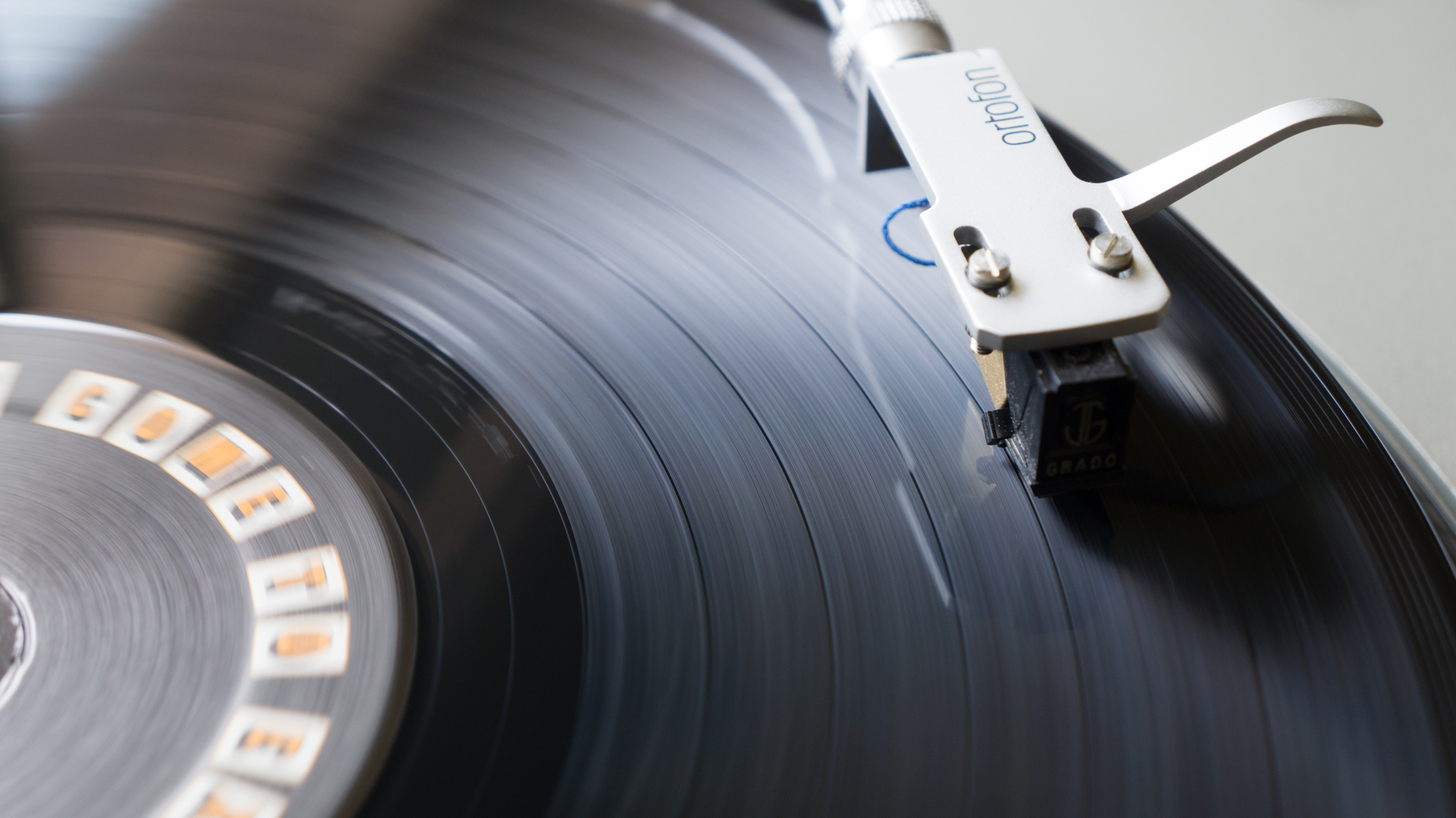
The music landscape is always changing. We've gone from analogue to digital and from super compressed MP3s to lossless FLAC in the span of 20 years. But in that transition, we started to lose what made music so special: soul.
Loving vinyl isn't about perfectly crystal-clear sound quality or the ability to take songs with you to the gym, it's about a mindful listening experience. It's about choosing which music you want to listen to, manually putting on a record and indulging in sound.
If you can't tell, we're big fans of vinyl and we think you might be, too.
And, according to the data, we're not alone. A report on Forbes says vinyl sales are at a 28-year high, growing 32% in 2015. To put this into perspective, vinyl sales last year were higher than those of ad supported music streaming services like YouTube and Spotify Free.
This profitability and resurgence in a bygone medium has led popular artists like Adele and Taylor Swift to release their albums on the vintage format – making now the perfect time to get into the format that your mom, dad, grandpa and grandma got down to all those decades ago.
But whatever your reason for starting a record collection there are a few things to know before you dive down the rabbit hole. Here's everything you need to know about getting into vinyl.
What is vinyl?
This is a good place to start.
Get daily insight, inspiration and deals in your inbox
Sign up for breaking news, reviews, opinion, top tech deals, and more.
Vinyl is named after the material records are printed on. Vinyl, like 8-Track tapes and cassettes, are an analog format – which you can simply think of as a direct one-to-one translation of a recorded song, rather than digital where that sound is converted into bits and electronically stored.
Also, for the love of God, never say 'vinyls'. The plural of vinyl is vinyl. However, you can refer to them as records.
How to choose a record player
There are thousands of record players or turntables for sale, so choosing the right one is difficult. Sure, you can buy a used record player for cheap from the classifieds but if you don't want to deal with getting swindled or stuck with a dud, there are new record players for every budget.
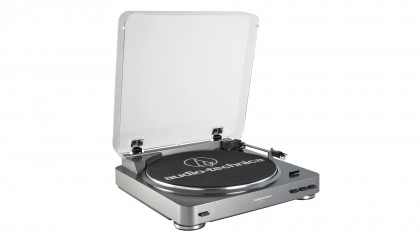
The first step to choosing a record player is setting a budget. If you're not sure if you want to get into collecting records yet, plop down $99 (£99, about AU$130) for the Audio-Technica AT-LP60. This diminutive record player lets you play both 33 ½ and 45 rpm format records, and automatically lifts and returns the arm after a record is finished to prevent wearing out your needle. Plus, it comes with a built-in preamp, which is one less thing to buy.
If you know you're in this hobby for good, it's worth investing in a record player that will grow with you, as you can swap out cartridges and tweak settings to get the most out of your records.

A good mid-range choice for the enthusiast is the Audio-Technica AT-LP120-USB. It gets flack for being a Technics SL-1200 clone, but it's a really decent turntable for $300 (£250, about AU$450). What we really like about it is that the AT-LP120-USB will grow with you as a collector, allowing you to replace or upgrade parts. It also features a USB connection to help digitize your vinyl collection to take on the go, should you decide you want digital versions of the records you buy.
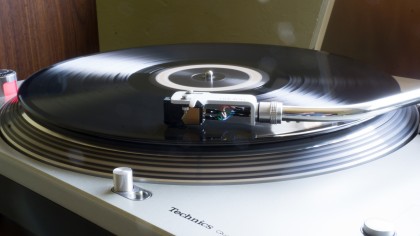
The only downside with the LP120 is that you'll need to lift and return the needle after a record finishes playing. If you're prone to falling asleep while listening to music, it may be wise to choose a record player with an auto-returning arm.
For audiophile collectors, the sky's the limit to what turntable you can get. Seriously, there are turntables that cost more than a house. But if you have that much money to burn, you're probably not reading this article anyway.
Do I need a phono preamp?
Here's where things start to get technical. Some turntables do not come with a phono preamp (aka phono stage), which is required for record playback, so check to see if the record player you're about to buy has one. A phono preamp brings the volume level of a record up to a standard created by the Recording Industry Association of America.
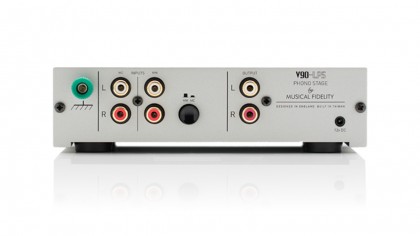
Most beginner turntables will feature a built-in preamp for convenience, but hardcore audiophile turntables do without them, allowing listeners to mix and match their turntables with whatever preamp they want.
If you're getting serious about collecting, you may want to choose a record player without a preamp so you can upgrade later on.
Belt drive vs direct drive
Another consideration you have to make when shopping for a turntable is whether you want a direct drive turntable or a belt drive turntable. This difference is how the turntable's motor is connected to the platter, the part that actually turns the record.
Direct drive turntables, as you would imagine, feature a direct connection from the motor to the platter, meaning the platter itself is a magnet that is driven by an electric motor right beneath it.
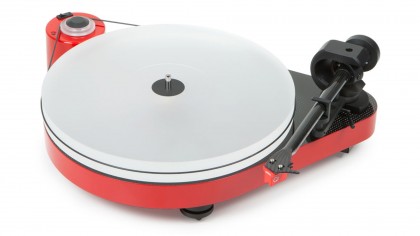
Belt driven turntables separate the platter from the motor and link the two with a belt. Audiophiles prefer belt drive turntables because they produce less audible vibrations, but are also more of a hassle as some turntables require you to reposition the belt when switching speeds.
Neither is technology is necessarily better than the other, as different implementations make a big difference. For example, Pioneer's $4000 (£2,799, about AU$5250) audiophile-grade Technics SL-1200GAE features a direct drive motor.
Connecting speakers and headphones
Connecting your turntable to use with speakers or headphones is fairly straightforward. If you have a turntable with a built in preamp, you simply need to connect it to a receiver's input via the red and white RCA connectors.
If you've chosen a turntable without a preamp, you'll need to either buy a receiver with a phono preamp or purchase a separate phono preamp. Then connect the phono preamp to your receiver.
If you have powered speakers (like the Audioengine A2+), the setup is even easier as you simply take the red and white RCA connectors and connect them directly into the speaker.
Want to listen to records exclusively with headphones? If you have a receiver, all you have to do is plug in your headphones. You may need a 3.5mm to ¼-inch adapter since most receivers use the larger headphone jack.
And with that, you're ready to start listening to your records! Congratulations on jumping into the rabbit hole of all-day record hunting and Discogs browsing for that rare album you've been looking everywhere for.
Now sit back, put the needle down and begin to truly listen to your music.
- Want to convert your vinyl collection into digital files? Check out our guide on how to convert analogue music to digital
